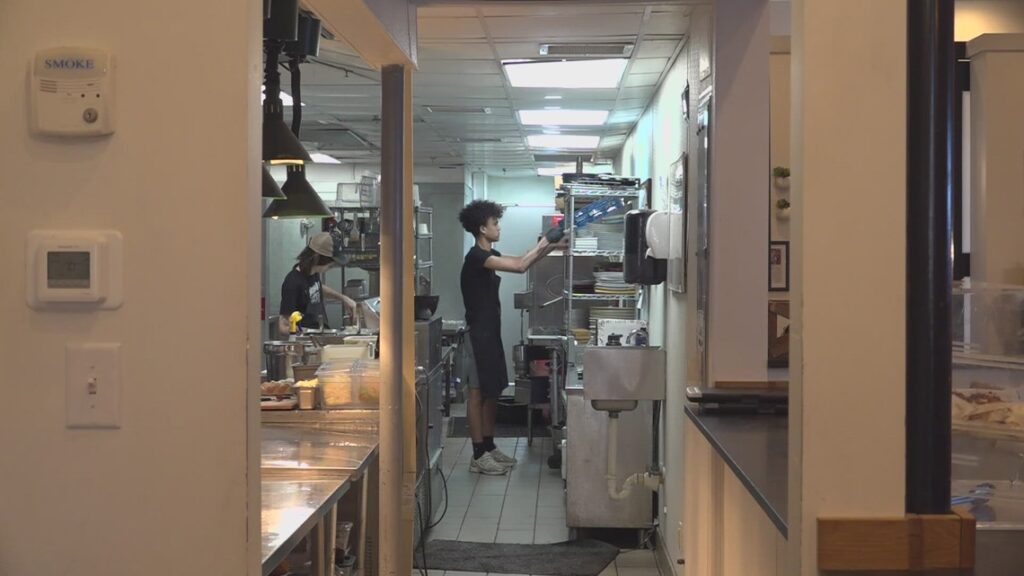North Carolina’s unemployment is down and hiring is up in healthcare and education but job seekers say fierce competition is making it harder than ever to get hired.
GREENSBORO, N.C. — New data from the North Carolina Department of Commerce shows the state’s unemployment rate dropped to 3.4% in April, down from 3.7% in March. In Guilford County, the rate also declined—from 4.2% in March to 3.9% in April—thanks in part to hiring in healthcare and education.
While the figures suggest the economy is improving, many job seekers are still facing challenges.
Brady Pikett, a single father of five in Greensboro, is employed but continues to search for a better-paying remote job.
“I’ve been looking for a remote job since September of last year. Haven’t had any luck so far, so still looking … we’re just barely scraping by,” Pikett said.
Pikett’s struggle isn’t just financial—it’s emotional.
“You have to mask it pretty much just a parent, but knowing, hey, we’re gonna have to go to the store tonight and I only have this much in my bank account,” he said.
Economists say North Carolina’s falling unemployment rate is a sign the economy is recovering. But competition in the labor market is tough.
“We’re still adding jobs, not at the same pace we had a couple of years ago, but we’re adding jobs,” said Dr. Michael Walden, Distinguished Professor Emeritus at NC State. “Unemployment is in a pretty good level. We’ve had some rebounds in consumer and business optimism.”
In Guilford County and across the Triad, healthcare and education are driving job growth. But for new graduates entering the job market, the numbers don’t always translate into opportunities.
“Students are submitting a high number of applications, employers are fielding a high number of applications, and employers are giving out a large number of rejections,” said Professor Mitchell Vaughn, assistant professor of economics at Elon University.
A recent study from Oxford Economics shows many college graduates are struggling to find work, with unemployment rates higher than the national average. Some of the challenges are tied to the impact of automation and artificial intelligence on entry-level jobs.
“There’s just a tremendous amount of uncertainty about where things are going,” Walden said. “So if you’re looking for a job and it fits your needs, it’s a sufficient level of salary, go ahead and take it.”
Pikett said the jobs are out there—what’s changed is the fight to get them.
“I don’t believe it’s because the jobs aren’t there. I believe it’s because they’re competitive… people across the country are looking at these jobs,” he said.
May marks graduation season, with thousands of young people entering the workforce for the first time. But for many, finding that first job may take longer than expected.
RELATED: From $800 to success: JJ’s Mama’s Soul Food’s viral journey
RELATED: Board members motion to terminate WS/FCS superintendent over rising budget concerns


